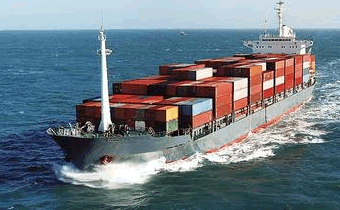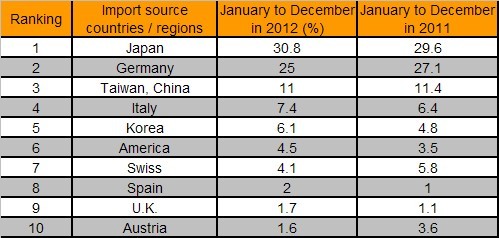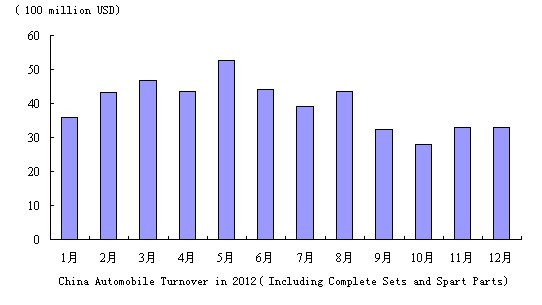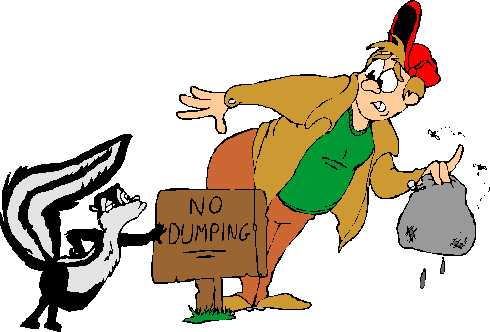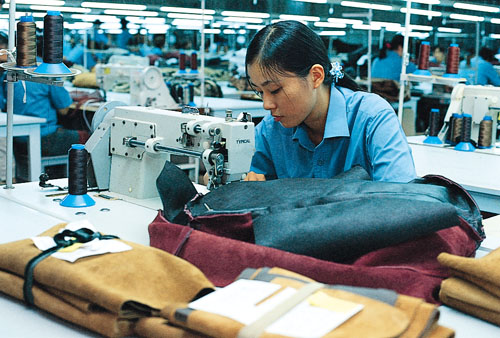
1. What are processing with imported material and processing with supplied material?
Processing with imported material refers to a business mode whereby a domestic entity with the power to engage in foreign trade uses foreign exchange to purchase imported raw materials, sources, supplementary materials, accessories, parts and components, and wrapping materials(hereinafter referred to as materials and parts ) so as to process these into finished products for re-export. Processing with imported material can be categorized into 2 types: compatible custom contract on processing with imported materials and non-compatible custom contract on processing with imported materials.
Processing with supplied materials refers to the business activities in which all or part of the raw materials, auxiliary materials, spare parts, components, accessories and packaging materials (hereinafter referred to as materials and parts)are supplied by the overseas enterprise, and the operating Chinese enterprise just carries out processing or assembling in accordance with the requirements of the overseas enterprise, and charges for the processing, with the finished products being marketed by the overseas enterprise
2. What are the differences between the processing with imported material and processing with supplied material?
When it comes to processing with imported material, domestic companies shall use foreign exchange to purchase imported materials and parts, whereas in processing with supplied material, the overseas enterprises shall provide all or part of the raw materials and parts and do not take up our foreign exchange. The processing with imported materials require the domestic companies to be solely responsible for production, sales, profit, losses, as well as risks; while in processing with supplied materials, domestic companies have no ownership, do not participate in the distribution of benefits, and do not bear any economic risks.
3. What are compatible custom contract on processing with imported materials and non-compatible custom contract on processing with imported materials?
Compatible custom contract on processing with imported materials refers to domestic enterprises with the right to operate import and export sign imported materials and parts contract and corresponding export finished contracts (including different customers’ corresponding affiliated contract ), finished products produced with the imported materials and parts, their amount and sales flow shall be determined in the import and export contracts.
Non-compatible custom contract on processing with imported materials refers to domestic enterprises with the right to operate import and export sign imported materials and parts contracts. And the export finished contracts have not signed yet when reported to the Customs for the record, , finished products produced with the imported materials and parts, their amount and sales flow shall not be determined in the import and export contracts
4. How would the Customs supervise the non-compatible custom contract on processing with imported materials?
The non-compatible custom contract on processing with imported materials will be fixed bonded, namely, when importing the 15 kinds of goods prescribed by the State, 5% of the tax shall be levied upfront and the rest 95% shall be in bond. For other materials and parts, 15% of the tax shall be levied upfront and the rest 85% shall be in bond. After the export is completed, the extra export amount can be rebated while an overdue tax shall be paid when the export volume is less than expected.
